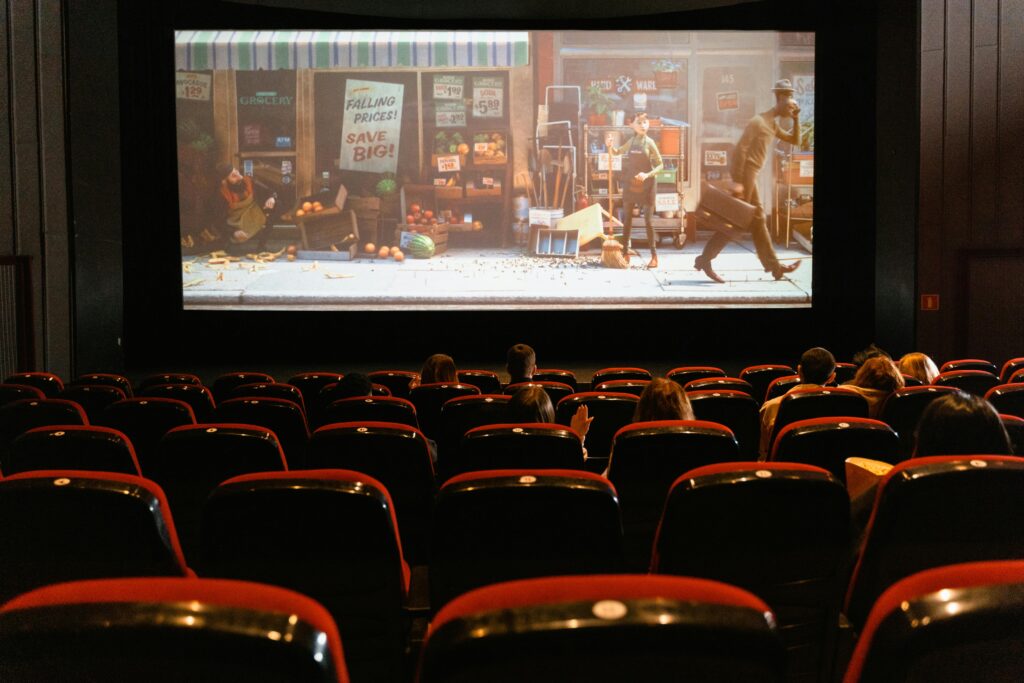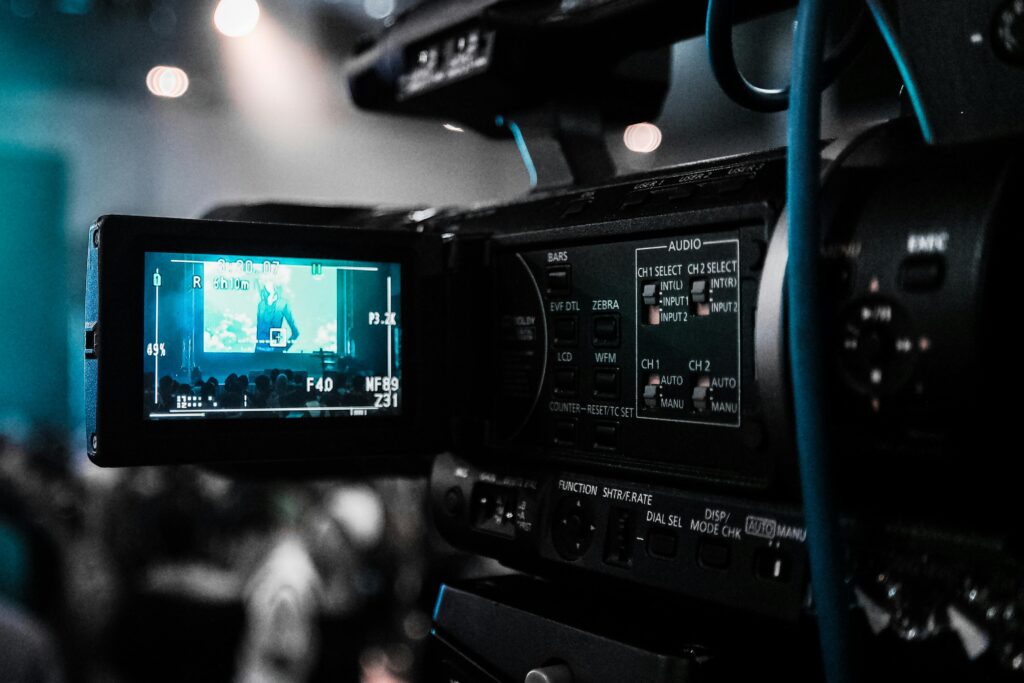In the realm of film and television, a cameo role refers to a brief appearance by a well-known individual, often adding an element of surprise or delight to the narrative. These fleeting moments can leave a lasting impression on audiences, enhancing the storytelling experience.
Defining the Cameo Role
A cameo role is characterized by its short duration and the prominence of the individual making the appearance. Typically, these roles are uncredited and unexpected, serving as a nod to the audience or an inside joke within the industry. The term “cameo” originates from the art of carving, where a design is engraved in relief on a gemstone, symbolizing a distinct element within a larger piece.
Historical Context and Evolution
The concept of cameo appearances dates back to the early days of cinema. Legendary director Alfred Hitchcock was renowned for his brief, uncredited appearances in his own films, creating a signature element that fans eagerly anticipated. This practice has evolved over time, with filmmakers and showrunners incorporating cameos to add layers of meaning or humor to their works.
Purpose and Impact of Cameo Roles
Cameo roles serve multiple purposes in film and television:
- Audience Engagement: The unexpected appearance of a familiar face can generate excitement and buzz, encouraging viewers to discuss and share their experiences.
- Intertextual Connections: Cameos can create links between different works, especially within franchises or shared universes, enriching the overall narrative fabric.
- Homage and Tribute: Filmmakers often use cameos to pay tribute to influential figures or to acknowledge the source material, adding depth to the storytelling.
Notable Examples of Cameo Appearances
Several memorable cameo appearances have left indelible marks on audiences:
- Stan Lee in Marvel Films: The late comic book legend made brief appearances in numerous Marvel movies, delighting fans with his unexpected roles.
- Bill Murray in “Zombieland”: Portraying himself, Murray’s surprise appearance added a comedic twist to the film.
- Johnny Depp in “21 Jump Street”: Reprising his role from the original television series, Depp’s cameo served as a nostalgic nod to fans.
Cameo Roles vs. Supporting Roles
It’s essential to distinguish between cameo roles and supporting roles. While both may involve well-known actors, supporting roles are integral to the plot and require significant screen time and character development. In contrast, cameo roles are brief and often serve as a delightful surprise without impacting the main storyline.
Preparing for a Cameo Role
Actors approached for cameo roles may prepare differently than they would for more substantial parts. Given the limited screen time, the focus is on creating a memorable and impactful performance. This preparation might involve:
- Understanding the context and tone of the scene.
- Collaborating closely with the director to align with the overall vision.
- Rehearsing to ensure a seamless and effective delivery.
Audience Perception and Expectations
Audiences often react positively to well-executed cameos, appreciating the element of surprise and the connection to familiar figures. These appearances can enhance the viewing experience, creating memorable moments that resonate long after the credits roll.
Conclusion
Cameo roles, though brief, hold significant value in film and television. They can enrich narratives, engage audiences, and pay homage to influential figures or works. When executed thoughtfully, a cameo can transform a fleeting moment into a highlight of the viewing experience.


